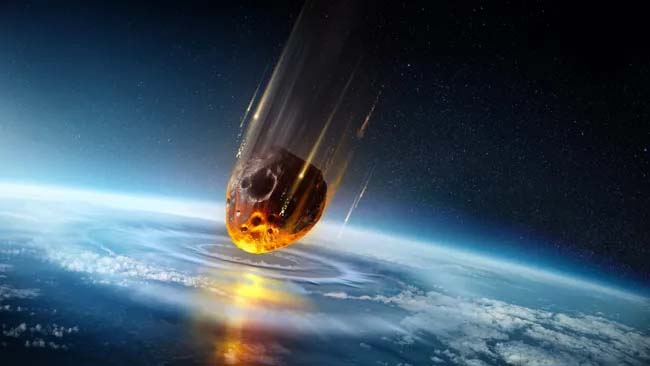Science: Space can be relentless. Even though things have calmed down over the last few billion years, Earth continues to be bombarded by all manner of cosmic objects — some big, some small, and some somewhere in between. Cosmic dust constantly rains down on Earth’s atmosphere, while a kilometer-sized asteroid hurtling through space finds its way to Earth every few hundred million years. Other pieces of rock, much smaller than extinct objects, can also make their way toward our rocky, watery world. But instead of colliding with the planet’s surface, these objects sometimes explode as they hit our atmosphere, sending shockwaves toward whatever’s below. We call these events airbursts.
However, because airbursts occur in the atmosphere, studying them has proven to be a tricky task. So one group of researchers is investigating “touchdown” airburst events, where the impactor explodes in the atmosphere with such force that the shockwaves and heat reach the ground. Researchers say these events, where explosions occur relatively close to the surface, are actually more common than large, crater-forming impacts. “These impacts are not large crater-forming events,” Earth scientist and research co-author James Kennett said in a statement. The issue is simply that, while meteorites leave behind large craters for scientists to study, air blasts occur high in the atmosphere, and leave little evidence in the geologic record.
